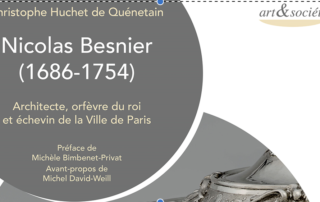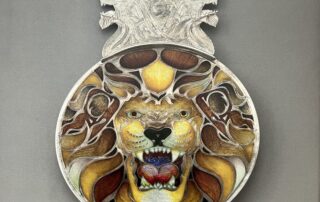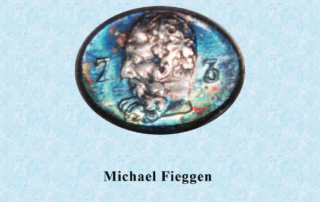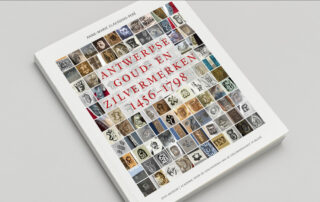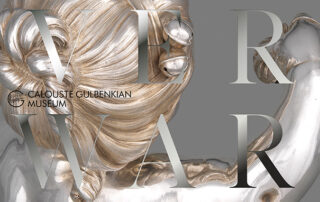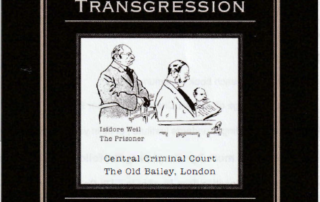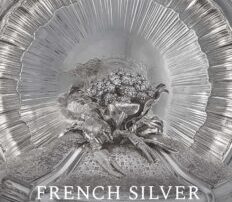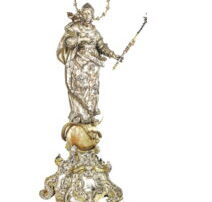Knick-knackery: The Deards’ family and their luxury shops (1685-1785)
An invaluable reference work for those interested in the luxury trades, the history of shopping and collecting and more broadly in the social history of the Stuart and Georgian eras. The book combines deep scholarship with an accessible and engaging style and a richness of photographic content appropriate to the subject. More details can be found at this link where the book can also be bought. https://www.vanessabrett.co.uk/


